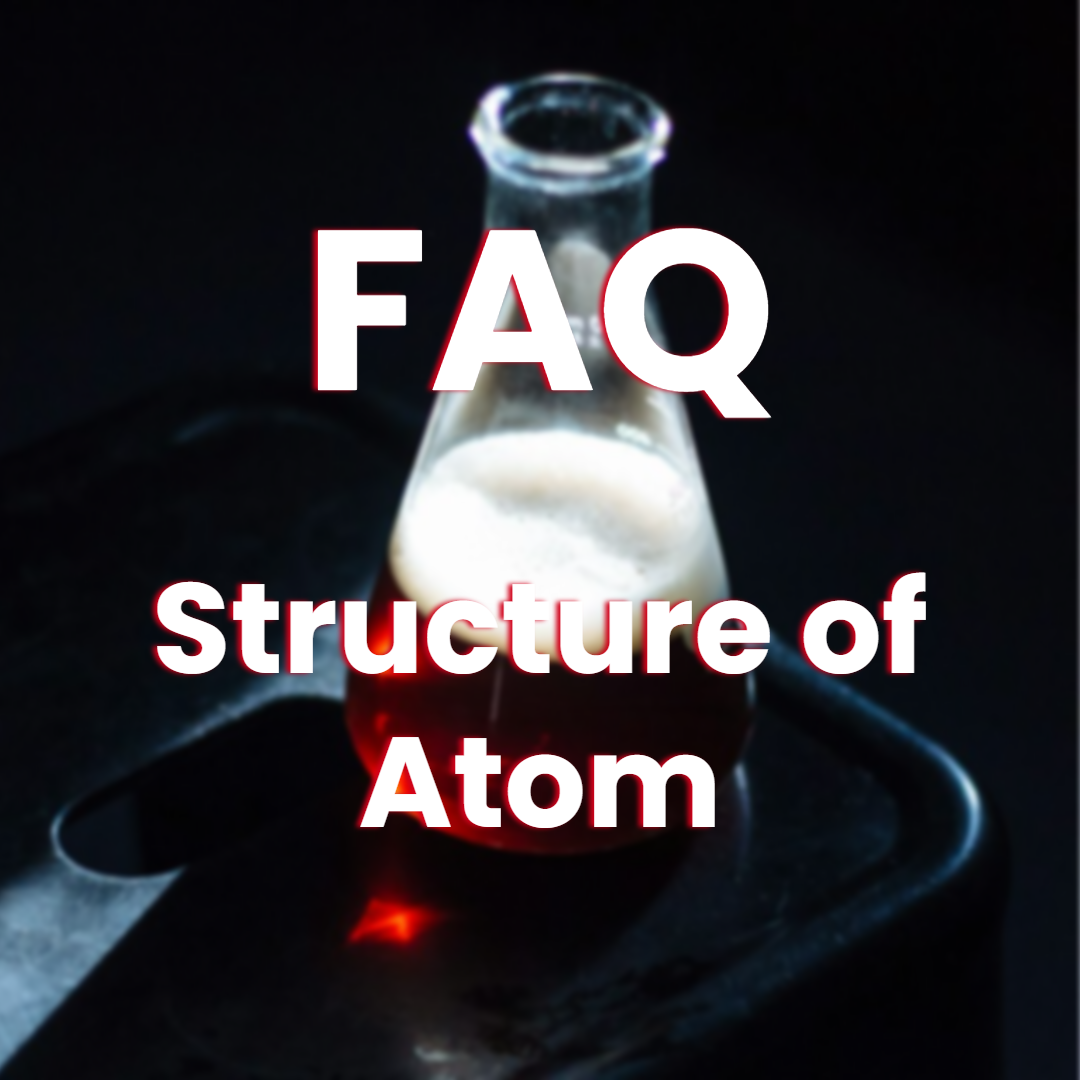Chemical energy stands as one of the most fundamental forms of energy, deeply intertwined with the fabric of the universe and essential for sustaining life and driving countless natural and synthetic processes. In this comprehensive exploration, we delve into the intricate nature of chemical energy, unraveling its origins, manifestations, and significance in shaping the world around us.
Understanding Chemical Energy: The Essence of Bonding
At its core, chemical energy arises from the bonds that hold atoms together in molecules and compounds. These bonds represent stored potential energy, which can be released or absorbed during chemical reactions as bonds are broken or formed. The magnitude of chemical energy depends on factors such as bond strength, molecular structure, and electronic configuration, with different substances exhibiting varying degrees of energy storage capacity.
The Role of Chemical Reactions
Chemical energy manifests itself most prominently through chemical reactions, which involve the rearrangement of atoms to form new substances with different chemical compositions and properties. In a typical chemical reaction, bonds in the reactant molecules are broken, requiring an input of energy (endothermic process), while new bonds are formed in the product molecules, releasing energy (exothermic process). The net change in energy during a chemical reaction reflects the difference between the energy absorbed and the energy released, with the excess energy often manifesting as heat, light, or sound.
Forms of Chemical Energy
Chemical energy can exist in various forms, each with its own manifestations and applications:
- Thermal Energy: Thermal energy is the energy associated with the random motion of particles in a substance. When chemical bonds are broken or formed, thermal energy is often released or absorbed, leading to changes in temperature. This form of chemical energy is harnessed in heating systems, combustion processes, and thermal power plants.
- Electrical Energy: Electrical energy arises from the movement of charged particles, such as electrons, within a conductor. Chemical reactions can generate electrical energy through processes such as redox reactions and electrochemical reactions, which involve the transfer of electrons between reactants. This form of chemical energy powers batteries, fuel cells, and electrochemical devices.
- Mechanical Energy: Mechanical energy is associated with the motion and position of objects. Chemical reactions can produce mechanical energy indirectly by generating thermal or electrical energy, which can then be converted into mechanical work using engines, turbines, or motors. This form of chemical energy drives machinery, vehicles, and mechanical devices.
- Radiant Energy: Radiant energy consists of electromagnetic radiation, such as light, infrared, and ultraviolet radiation. Chemical reactions can emit radiant energy in the form of light, as seen in combustion processes, luminescent reactions, and photochemical reactions. This form of chemical energy has applications in lighting, photography, and optoelectronics.
Harnessing Chemical Energy: Applications and Technologies
Chemical energy is harnessed in various technologies and processes that drive innovation and support human activities:
- Fossil Fuel Combustion: Fossil fuels such as coal, oil, and natural gas store chemical energy derived from ancient organic matter. When burned, these fuels release thermal energy through combustion reactions, which is used to generate electricity, heat buildings, and power vehicles. However, the combustion of fossil fuels also contributes to environmental pollution and climate change, highlighting the need for sustainable energy alternatives.
- Battery Technology: Batteries store chemical energy in the form of electrochemical reactions between electrode materials and electrolytes. During discharge, chemical reactions within the battery release electrical energy that can be used to power electronic devices, vehicles, and renewable energy systems. Advances in battery technology are essential for enabling the transition to clean and renewable energy sources.
- Photosynthesis: Photosynthesis is a biological process in which plants, algae, and some bacteria convert light energy into chemical energy through the synthesis of organic molecules, such as glucose, from carbon dioxide and water. This process, which sustains life on Earth by providing food and oxygen, relies on the chemical energy stored in the bonds of these organic molecules.
- Chemical Synthesis: Chemical energy is essential for synthesizing a wide range of substances, including pharmaceuticals, polymers, and specialty chemicals. Chemical reactions such as polymerization, hydrogenation, and oxidation utilize chemical energy to drive the formation of desired products, enabling the production of materials with tailored properties for various applications.
Challenges and Considerations
While chemical energy offers significant benefits and applications, its utilization also presents challenges and considerations:
- Environmental Impact: Many processes that harness chemical energy, such as fossil fuel combustion, contribute to environmental pollution, greenhouse gas emissions, and climate change. Developing cleaner and more sustainable energy technologies is essential for mitigating these impacts and preserving environmental quality.
- Resource Depletion: Fossil fuels, which are the primary source of chemical energy for many applications, are finite resources that are being depleted at an unsustainable rate. Transitioning to renewable energy sources and improving energy efficiency are crucial for ensuring long-term energy security and sustainability.
- Safety and Hazards: Handling and storing substances that contain chemical energy, such as flammable fuels and reactive chemicals, pose safety risks and hazards. Proper safety protocols, risk assessments, and regulatory measures are necessary to minimize the potential for accidents, spills, and releases.
Conclusion: Empowering Progress and Innovation
In conclusion, chemical energy serves as a cornerstone of modern civilization, driving technological innovation, sustaining life, and shaping the world in profound ways. From the combustion of fuels that power our homes and industries to the electrochemical reactions that drive our portable devices and vehicles, chemical energy permeates every aspect of our existence. By understanding its origins, manifestations, and applications, we gain insights into the fundamental processes that govern energy transformations and inspire us to develop cleaner, more sustainable, and more efficient energy technologies for the future. As we harness the power of chemical energy to propel progress and innovation, we must also strive to mitigate its environmental impact, promote safety and responsibility, and ensure equitable access to energy resources for all.










